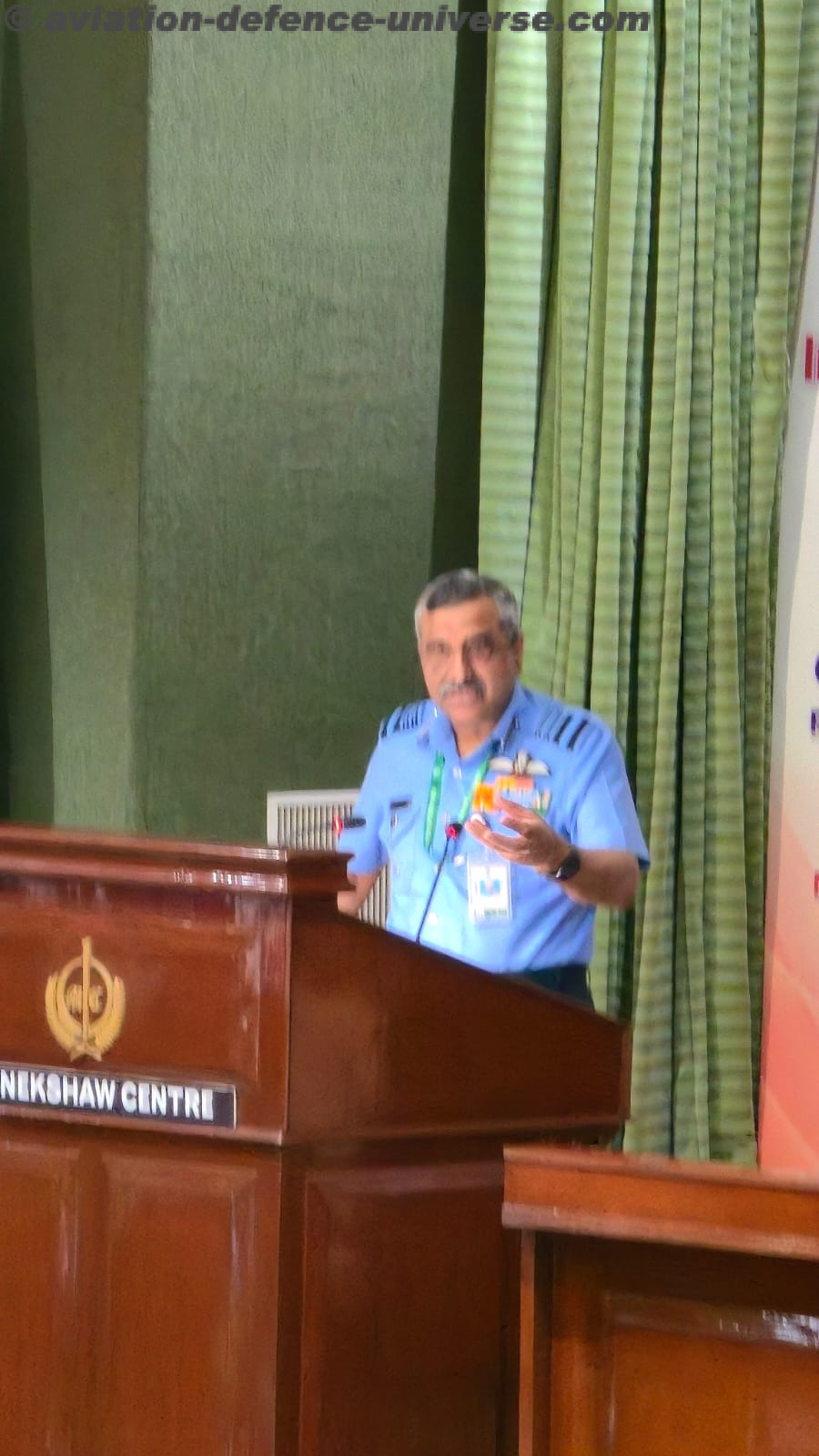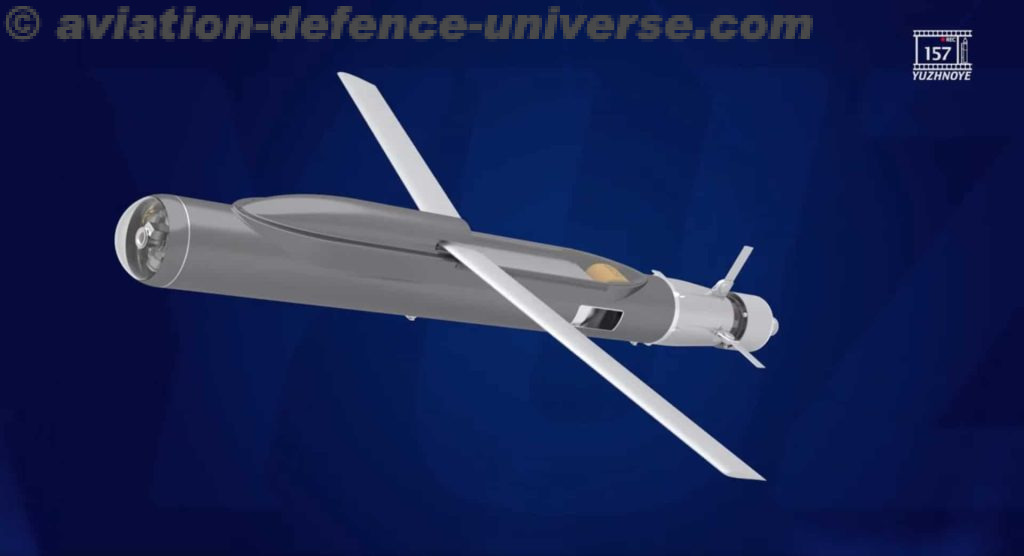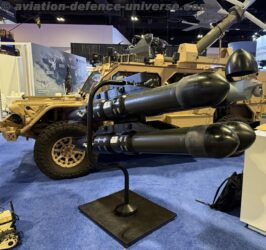By Stefen J Zaloga, Teal Group
Fairfax, Virginia. 18 September 2024. The current war in Ukraine involves the most extensive use of drones to date, and the first widespread use of loitering munitions. The most widespread of these is the use of small, cheap FPV (First Person View) drones. FPV drones are an adaptation of commercial drones used for the sport of drone racing. They use a simplified optical sensor that has little or no traverse, keeping the price to a minimum. The FPVs have become so common that the Ukrainians have been using them to attack individual Russian soldiers as well as more substantial targets such as tanks.
The FPV drone controller usually includes a face-mounted vision device that the operator uses to steer the drone in conjunction with the usual joystick controller. The Ukrainian armed forces have adapted these for combat use by fitting them with a warhead. The FPV drones are inexpensive, typically costing the Ukrainians about $350 each when locally assembled from sub-components from China. With a warhead, they are still inexpensive, costing about $500-$750.
In a December 2023 statement, Ukrainian officials indicated that Ukraine was producing 50,000 FPV drones monthly. In a March 2024 statement, the Deputy Minister of Strategic Industries of Ukraine reported that the Ukrainian defense industries had produced 200,000 FPV LM in the first two months of 2024. In 2024, Ukraine expects to manufacture a million of these FPV drones as well as 10,000 medium range loitering munitions and 1,000 long-range weapons with a range of over 1,000 km. Ukraine has generally not identified the manufacturers of their loitering munitions for security reasons. Much of the production is based on a cottage industry of small manufacturers.
An assessment of Ukrainian FPV drone attacks from August 2023 to March 2024 counted 7,620 attacks, 4,230 against armored vehicles and 3,390 against Russian infantry. There is a strong disconnect between the reported number of monthly attacks and Ukrainian statements about monthly production. According to Ukrainian officials, production by early 2024 has ramped up to about 100,000 FPV monthly. However, reported attacks are only about 1,000 monthly. The discrepancy may be explained by the difference between all attacks, and successful attacks. The reported number of attacks may refer to the number of sorties accomplished, suggesting an extremely high failure rate. This is entirely plausible for a variety of reasons. The FPVs are very cheap and probably have a high failure rate as a result. This includes simple mechanical failure due to poor construction as well as problems inherent in such weapons including a susceptibility to wind, and crashes due to battery exhaustion prior to engagement.
Ukrainian sources have indicated that the first generation FPV drones have had a hit rate of 10%. The rate may have in fact been lower judging from the history of early anti-tank missiles, especially the manually-controlled types like the first generation FPV. For example, early MCLOS (Manual command line-of-sight) anti-tank missiles such as SS-11 had a demonstrated hit rate of 1:78 in Vietnam (1.3%) compared to SACLOS (semi-automatic command to line of sight) missiles such as the BGM-71 TOW that was about 1:2 in early versions (50%). The Ukrainians have publicly acknowledged that they have been attempting to integrate some form of semi-automatic command into their second-generation FPV drones to increase the hit rate to 20%. Sometimes this effort has been exaggerated as an attempt to incorporate AI into these weapons. Another significant change was the introduction of FPV drones fitted with thermal imaging cameras to permit night attacks.



























































































































